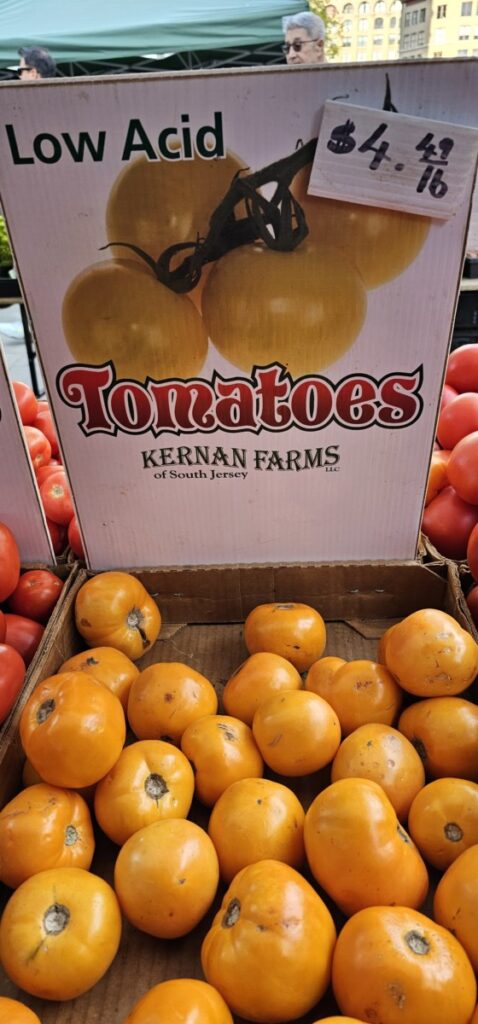Ted Conover’s “The Way of all Flesh” shares his experience as a new USDA meat inspector at the Cargill’s Schuler, Nebraska plant. He describes the cow slaughtering process he witnessed on the kill floor and the inspection of their organs, livers, and hearts to ensure there are no abnormalities and up to standards. Conover shares different experiences of learning the basics of the job from knife cuts to identifying what should be stamped as well as their work atmosphere and the interactions between colleagues. Towards the end of the author’s story, the author starts to feel conflicted with ethical concerns of continuing to eat beef after everything they had witnessed. If I were in their situation, I could never have eaten beef and I started to tear up, feeling nauseated from just imagining the description of the cow slaughter process. It was surprising that the author was capable of enjoying eating beef after describing the death of each cow with their possible final thoughts. I do think the meat processing industry is more trustworthy with their inspections, making sure everything meets USDA standards unlike before the legislation mandating inspection but is still ethically wrong. Lately, I have been trying to switch to vegetarianism or pescetarianism due to a personal preference for diet but after reading this, I feel more strongly to switch immediately without hesitation.
Author Archives: Kaylee
Kaylee’s Green Market Blog

Last Wednesday, in the cold autumn weather, I traveled to the Union Square Green Market as I found their aim to connect small-time local farmers with consumers to increase agriculture and environmental sustainability to be rather intriguing. Emptier than I had expected for afternoon hours, I observed as regulars with a keen eye for picking out the best products. Small farm stands sold locally grown and hand-made products from vegetables, fruits, and flowers to baked goods, meats, ciders, and dairy products.
Crops mostly in the Cucurbitaceae family dominated the selling field for what was in season with a wide variety of pumpkins, butternut squash, and kabocha. Sales ranged from vegetables such as tomatoes going down in price from $3.50 to $2.75 per pound and greens like collards, arugula and bok choy selling at 2 for $5 or $3 a bunch. Their was a mix of familiar foods like red delicious apples and concord grapes but a larger amount of unfamiliar foods like red devil apples and carnival squash which you don’t come by in supermarkets. Depending on the farm stand, food prices were definitely higher for items such as mackintosh apples selling for $2.50 per pound which normally sell for $1.50 per pound in supermarkets but is justifiable for it’s fresh and local nature.
While exploring, Kernan Farms caught my attention, selling low acid tomatoes resembling golden jubilee heirloom tomatoes. To my surprise, they were very firm without any soft spots, so I purchased some while considering the endless possibilities for acid-sensitive dishes. I decided to use it in my favorite breakfast “eggs in purgatory” which really enhanced the flavor and texture of the dish, becoming my new found replacement for using regular tomatoes. This Greenmarket visit was an unforgettable experience that opened me up to shopping their more often for the diverse amount of fresh ingredients I can use for in many new dishes.
Kaylee’s Inflation Blog
Throughout the last couple of years the restaurant industry has suffered an immense loss of revenue and high costs due to unforeseeable circumstances that have affected the country. The NYT article “That Dinner Tab Has Soared. Here Are All the Reasons.” describes the causes of inflation that has forced restaurants to scale down on their menus and workers. The prices of many ingredients that restaurants use in their popular dishes like beef and pork, scallops, cooking oil, and flour have skyrocketed leaving restaurants having to raise their prices almost double the original amount.The article states that Mr. Moffett “raised the price on the restaurant’s Korean beef with crispy rice to $16. In 2019, just before the pandemic, it cost about $12”. As a customer, this has made me feel conflicted and more unwilling to dine out. These circumstances have contributed to many restaurants closing down. The war between Russia and the Ukraine has caused shortages and impacted trade on key ingredients that the food industry relies on like wheat and sunflower oil, which has also led to increased prices. Another issue crippling the restaurant industry is climate change and droughts that has caused certain harvests of grains, veggies, fruits and wines to be interrupted and unpredictable, causing these products to be unavailable to serve in their dishes. I feel it is crucial that the United States becomes self-sufficient and relies on its own resources and not depend on others so we can learn to survive on our own.



